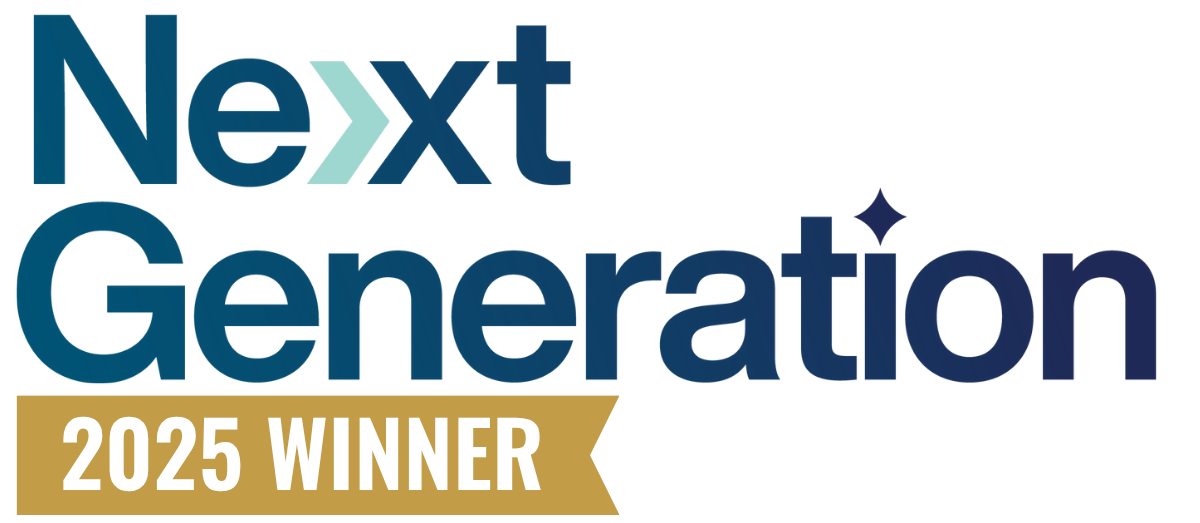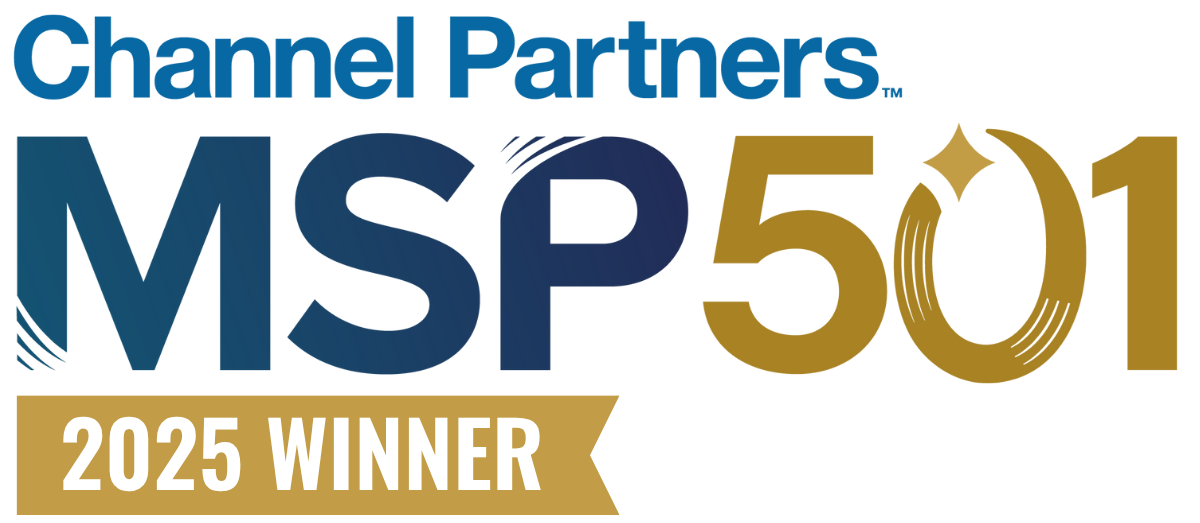In the healthcare industry, it is crucial to ensure that Protected Health Information (PHI) is only accessible to authorized personnel.
Despite adopting electronic medical record (EMR) software, healthcare organizations still generate large quantities of paper documents. It’s estimated that a 1500-bed hospital prints more than 8 million documents per month.
Interestingly, some healthcare organizations are unaware that printers and fax machines are a significant source of data breach vulnerabilities.
As technology evolves, healthcare organizations must embrace new methodologies to ensure the confidentiality and integrity of sensitive patient information transmitted through channels such as faxing and printing.
Let’s review the importance of document security and explore a few common document output vulnerabilities before diving into some tips to improve your healthcare document management.
Why is Document Security Important in Healthcare?
The value of personal healthcare information on the black market rivals that of financial and credit data - it's like gold. And the cost of a data breach can be expensive. Not just in fines (which can range anywhere from $50,000 to millions of dollars per incident) but also in terms of lost trust and reputation, which can take years to rebuild.
That's why it's so important for healthcare organizations to secure paper records that include protected health information.
Here are a few additional reasons why document management is paramount in the healthcare industry.
- Sensitive Information - Healthcare organizations handle a vast amount of sensitive patient data, including personal, medical, and financial information. Ensuring the security of these PHI documents is crucial to maintain patient privacy and trust.
- Regulatory Compliance - Healthcare providers are subject to strict regulations, such as HIPAA, FERPA, GDPR, and PCI DSS, which mandate the protection of patient information. Failure to comply with these regulations can result in severe penalties, fines, and legal consequences. HIPAA mandates that all breaches of unsecured physical copies of PHI must be reported with notifications to the public and patients.
- Data Breach Risks - The healthcare industry is a prime target for cybercriminals due to the high value of patient data. Unauthorized access or disclosure of patient information can have serious repercussions, including identity theft and financial fraud for patients, and reputational damage to the healthcare provider.
Common Document Output Vulnerabilities
Here are some of the major document output vulnerabilities commonly associated with traditional document output methods like faxing and printing.
- Unauthorized Access - Sensitive documents can be accessed by unauthorized individuals, either due to inadequate access controls, unsecured storage, or during distribution.
- Interception During Transit - Documents sent through print, fax, or other means of communication can be intercepted by malicious actors, exposing sensitive information.
- Insider Threats - Employees or other insiders with access to sensitive documents might misuse the information for personal gain or cause harm to the organization.
- Misdelivery - Sending sensitive documents to the wrong recipient by accident can lead to unauthorized disclosure of information.
- Physical Theft or Loss - Printed documents can be stolen or misplaced, resulting in sensitive information falling into the wrong hands.
- Insecure Disposal - Improper disposal of printed documents can lead to unauthorized access and potential data breaches.
- Outdated Hardware and Software - Using outdated hardware and software for document creation, storage, or distribution can expose vulnerabilities that can be exploited by cybercriminals.
5 Tips to Improve Document Security in Healthcare
Here are a few recommendations for improving healthcare document management.
1. Transition to Digital Faxing
Healthcare organizations should consider transitioning from traditional analog faxing to digital faxing, which employs encryption and secure transmission protocols to safeguard sensitive patient data during fax communication.
Digital fax solutions provide flexible options to weave electronic data exchange into business-critical workflows. For example, faxed documents can be integrated into operational applications such as EMR systems to increase efficiency and accelerate processes.
2. Implement Secure Printing Solutions
Secure print is a print management software feature that prevents uncollected print jobs from falling into the wrong hands. With secure print, every print job is held in a secure queue until the user is physically present at the printer and provides authentication (PIN code, fobs, QR codes, employee credentials, etc.)
A secure print solution helps prevent unauthorized access, interception, or tampering of printed documents, ensuring that confidential information remains secure and accessible only to authorized individuals.
3. Boost Printer Security
Network printers, including multifunction devices, store confidential information that hackers are looking to extract and exploit. To prevent such threats, healthcare organizations must bolster the security of their print environment proactively before an attack happens.
Here are a few best practices for boosting printer security:
- Enable IP filtering
- Encrypt the hard drive
- Change the default password
- Implement automatic data cleanup
- Shut off unused protocols and ports
- Install automatic temporary image removal
- Implement a virus scan solution
- Update printer software regularly
- Conduct third-party risk and security assessments
4. Establish Appropriate Access Controls
Healthcare organizations must establish proper access controls to ensure that only authorized users can access, print, and fax sensitive PHI documents. They should also consider utilizing advanced permission settings, such as multi-factor authentication (MFA) and role-based access control (RBAC). These tools can help keep unauthorized personnel from accessing and manipulating sensitive data.
5. Educate Employees and Create a Security Culture
Promoting a healthcare environment that champions security is crucial for the overall success of an organization, as millions of patient records are improperly exposed every year due to employee error or negligence.
To reduce the risk of data breaches, healthcare organizations need to provide frequent cybersecurity awareness programs and software development training to all personnel, including nurses, doctors, and administrative workers.
Make sure employees understand their roles and responsibilities when it comes to handling sensitive information. Educate personnel on HIPAA-compliant shredding requirements and train staff to use cross-cut shredders to destroy PHI documents beyond recognition. Additionally, create a security culture where reporting suspicious activity is encouraged rather than punished.
Is Your Healthcare Organization Protecting Sensitive Patient Information?
While these techniques can greatly decrease the odds of a data breach, the truth is that possessing sensitive PHI documents always comes with a certain degree of risk. Consider it a spectrum of uncertainty; on one end lies the choice to do nothing and be 100% exposed, while on the other end, a proactive approach can reduce this risk significantly.
Healthcare organizations must allocate a budget and prioritize investments in effective document management solutions. By regularly evaluating and updating document security measures, healthcare providers can ensure that confidential patient information remains secure.





